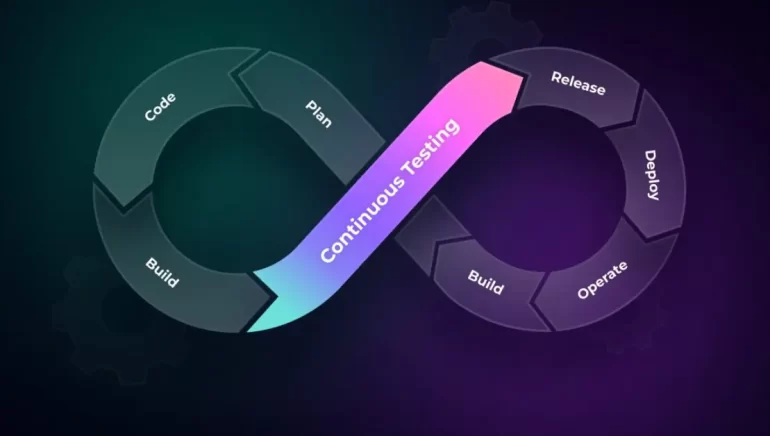The continuous testing platform you choose has a significant impact on your company’s capacity to produce high-quality software quickly in the current competitive digital environment. Despite large financial commitments, many businesses struggle with solutions that do not yield the expected results, leaving them unsatisfied with their testing investments. Your selection procedure and, eventually, the results of your tests may be significantly enhanced by being aware of the typical mistakes made while making decisions. This article looks at five serious errors that companies commonly make when assessing a continuous testing platform and offers helpful advice on how to avoid them.
1. Prioritizing Features Over Ecosystem Integration
Businesses usually choose testing platforms primarily focused on feature lists, undervaluing the crucial role that smooth integration features play. Technically sound but isolated testing tools that cause information silos and workflow interruptions are the outcome of this opportunistic approach. Excellent testing solutions serve as the glue that holds your development ecosystem together, seamlessly integrating with build tools, deployment pipelines, monitoring systems, and version control systems. Testing is transformed from a stand-alone activity into an integrated quality process that accelerates rather than slows down development velocity thanks to these integration capabilities.
2. Underestimating Adoption Complexity and Change Management
When choosing advanced testing platforms, many businesses fail to take into account the human aspects of adoption and deployment. When teams are resistant to new technologies or have trouble navigating complicated interfaces, even technically better solutions fall short. Effective testing programs understand that adopting technology calls for careful change management techniques, extensive training curricula, and ongoing leadership support. Implementation results are significantly improved and quality gains are realized more quickly when solutions are evaluated not just for technical capabilities but also for intuitiveness, learning curves, and available training materials.
3. Overlooking Scalability Requirements and Growth Constraints
As digital projects become more extensive and strategically significant, testing requirements will inevitably increase. Platforms that meet present needs without considering future scalability are commonly chosen by organizations, resulting in unpleasant limitations that show up just when testing is most important. These restrictions might take many different forms, such as design constraints that prevent growing test coverage, license arrangements that penalize expansion, or performance bottlenecks during periods of high testing demand. The disruptive and expensive platform migrations that usually happen when testing solutions are unable to expand with the company are avoided by carefully assessing how platforms function under rising pressure.
4. Neglecting Test Data Management and Environment Considerations
Organizations frequently ignore the fundamental needs of test environments and data management in favor of concentrating just on test execution capabilities. Because of this error, identical tests provide contradictory results in various execution environments, leading to seemingly unexplainable problems. Better testing programs understand that consistent test environments and predictable data states are necessary for dependable automation. Inconsistencies connected to the environment that often compromise testing reliability and team confidence may be avoided by assessing how platforms manage these needs, whether through integrated features or integration with specialist solutions.
5. Discounting Maintenance Burden and Long-term Sustainability
Automated testing is frequently implemented initially without incident, giving the appearance of durability. As test suites expand, many firms find out too late that the technology they have chosen necessitates unmanageable upkeep. Brittle tests that break after small application changes are one way that this increasing load shows itself, necessitating frequent updates that take up development resources. The maintenance avalanche that eventually leads many businesses to completely give up on their testing endeavors may be avoided by assessing how platforms manage test maintenance—through capabilities like self-healing tests, object repositories, or modular test designs.
Conclusion
Long-term success depends on avoiding crucial mistakes when choosing a continuous testing solution, particularly in the rapidly evolving digitally enabled world. Opkey distinguishes itself by tackling typical problems such as scalability limitations, integration problems, and maintenance responsibilities. With its 30,000+ pre-built components, AI-powered test automation, and strong support for over 150 technologies and 12+ ERPs, Opkey speeds up test creation by 5–8 times and makes maintenance easier with its self-healing features. Opkey test automation guarantees smooth ecosystem integration and sustainable automation, in contrast to other solutions that break down under the complexity of the real world.






